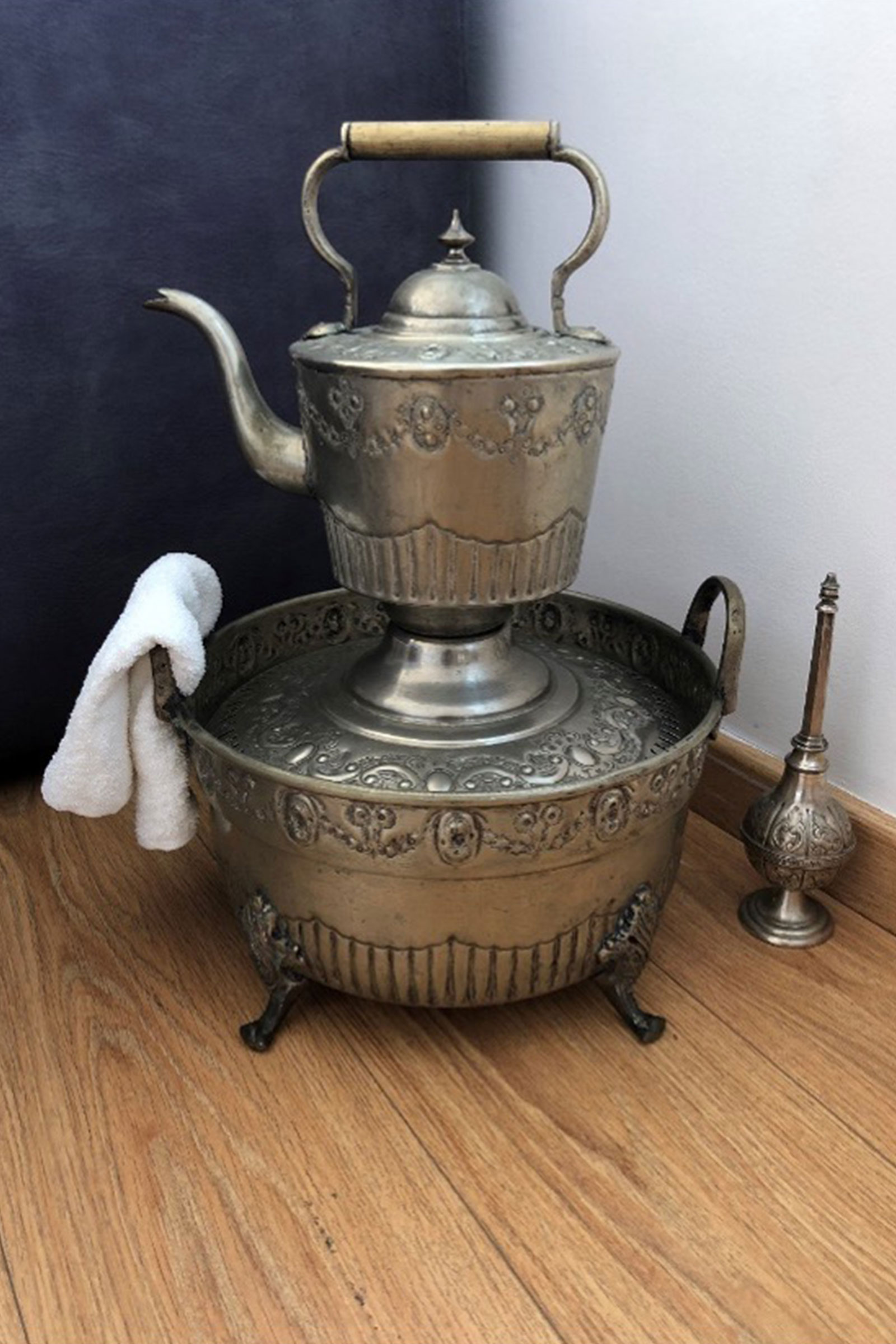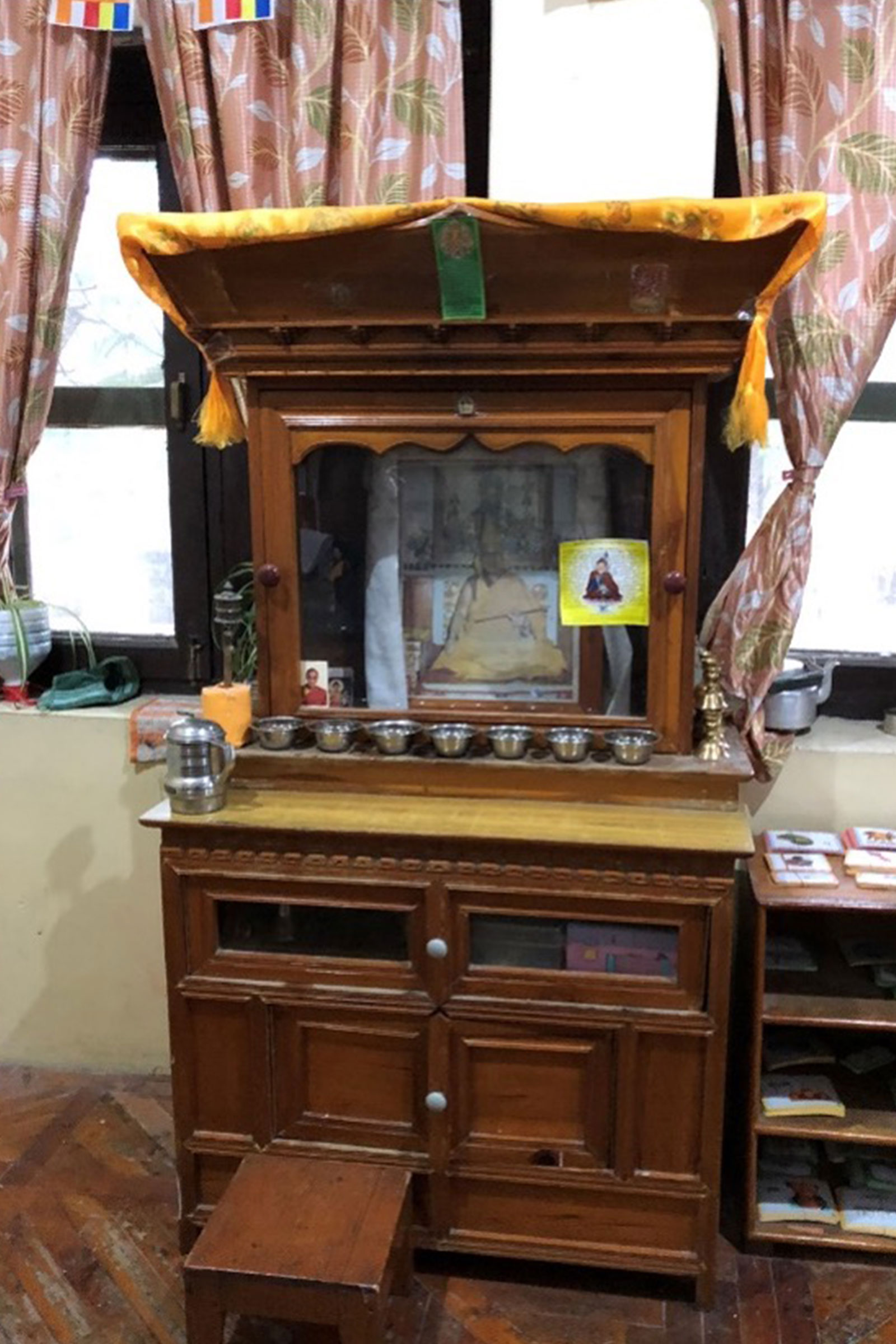The presence of the Exercises of Practical Life in a Montessori environment is unique and essential. These exercises manifest the diversity of cultures and at the same time, weaves the commonality of daily rituals. All this while supporting the varied needs of the developing child.
These exercises are not found in any other Early Childhood educational environments simply because it evolved due to Maria Montessori’s own interest in children and their development, perceived through the lenses of a very astute physician. The hygiene, health, nutrition and physical growth of the children, she was asked to take care of were of upmost importance to her. It was what transpired because of this, that the Exercises of Practical Life now take the centre stage in supporting children and their development in our environments.
Maria Montessori says “It may be said that the Sensorial exercises have their obvious value, but the exercises of Practical Life are mere imitations of adult life. It must be remembered that most of the activities of the child, including play activity, are inspired by observation. The exercises of Practical Life are formative activities. They involve inspiration, repetition, and concentration on precise details. They take into account the natural impulses of the special periods of childhood. Though for the moment the exercises have no mere practical aims, they are a work of adaptation to the environment. Such adaptation to the environment and efficient functioning therein is the very essence of a useful education.” What You Should Know About Your Child p. 77
The role of the Prepared Adult/Guide is to link the child to the environment, so a relationship is formed. There is a symbiotic adaptation to the child’s environment and community. The exercises of Practical Life cover different areas such as preliminary exercises, care of the person, care of the environment, grace and courtesy and control and coordination of movement so it supports the whole development of the child.
These exercises need to reflect the community the children belong to, so there is an element of diversity present e.g. the way children greet visitors varies according to the community. The exercises such as the care of the environment should reflect the care needed in child’s greater community e.g. caring for an environment after a snowfall or a dust storm.
Therefore, it is important that the guide be willing to accommodate to these identity markers and adapt them into the environment.
These are simple guidelines to follow when setting up the Exercises of Practical Life irrelevant to your geographical position.
- The most important rule: Is this exercise you are going to introduce going to help children to help themselves /does it have meaningful purpose?
- Is it culturally relevant?
- Does it cater to independence?
- Is there logical sequence present?
- Can it foster interest and concentration e.g. with analysed hand movements?
- Is there an inbuilt control of error for the child to get her/his feedback?
- Are the points of consciousness considered?
- Does it promote a complete work cycle consisting of the beginning, middle and end?
- Is the exercise complete with all the characteristics of Practical Life materials such as child size, colour coded etc.?
The aspect of adaptation is an important factor for the guide when setting up the exercises of Practical Life as the daily ritual of care could vary from one region to another e.g. the way cloth washing is done in a Vietnamese community is different from an American one in the use of or absence of a scrub board. The way you could have done it in training could be different and you need to adapt to the cultural community as the prepared environment is an extension of that community.
The prepared adult has to be willing to observe, adapt and adopt the relevant way of how daily rituals of the child’s community is supported and nourished in your environment e.g. the kind of broom used in different countries, the food preparation that is relevant.
Before the exercises are presented, they have to be practiced with analysed movements and logical sequence, then presented with the love and respect of that community so the child can be set up for success as a contributing member of her/his community. These exercises are the foundations of culture upon which all the other areas such as language is built upon.
The lessons of grace and courtesy are the greatest gift we can offer children as they support the child’s navigation in their social milieu. The cultural intonation must be respected and implemented e.g. different forms of greeting, the different ways of sitting on a mat, entering a house may need removal of shoes etc. The guide must be prepared to present and represent them as often as possible as these are lifelong skills of refinement.
As guides/Prepared adults we know that there can be no real growth nor joy of learning, if the environment is not maintained nor replenished. This is where the real task of consistent loving care is essential so children can grow to experience the love of learning and joyful living.
An important gift we should offer is to show our children how to recycle the materials we have e.g. the water from the pouring exercises is poured into the recycling pitcher placed by the sink so it can be used to water plants, the orts from sewing can be saved to make nests for birds, leftover food from snack and meals can be composted etc.
The exercises of Practical Life are simple, earth based but are inseparable to life and living. And we are so fortunate to be able to offer it when the child needs it most. Always the best for the youngest and always served with mindful awareness!
Diwo Lhamo Pemba, AMI 3–6 Trainer

